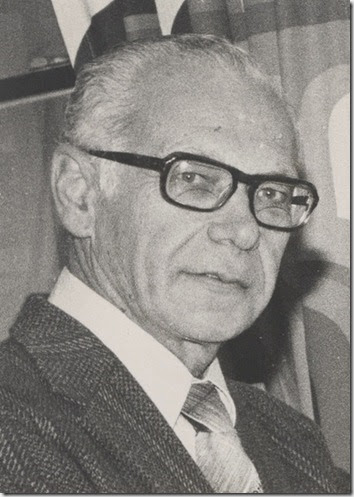I have been reading Alan Barcan’s Radical Students: the Old Left at Sydney University (Melbourne University Press, Carlton South 2002). I bought it a second hand bookshop because I was curious, curious about the subject, but also about the author. 
Back in the late 1970s and early 1980s I was writing a PhD thesis on the life of my grandfather, David Drummond, Drummond was an activist Country Part Education Minister in NSW for some twelve years and had a major influence on education in New England, in NSW and beyond. In writing I drew quite heavily from Alan’s work on the history of education in Australia since it helped provide structure and set a basic context for part of my work.
That explains in part why I bought the book since it is something of a personal memoir of a man whose writing I have used and liked. However, I was also attracted by the title. I knew the old left had been influential; I remember the fights between the old and new left. I was curious about that, but also wondered what influence it had all had in regard to my primary project, a history of New England. How did that fit in, if at all?
As I read the book, I was disappointed at the lack of reference to the North. Then I thought, how dumb! The New England University College was established in 1938, the Newcastle University College in 1951. Many of the earlier events that Alan describes took place before their creation or when they were still very small.
Episodes such as the sometimes conflict between the left and the Andersonians, the followers of philosopher John Anderson, for influence on the Sydney campus were hardly relevant to the North. Even the broader influence of Anderson, including his influence on Libertarian thinking and the by-blow creation of what became known as the Sydney Push, were peripheral.
Still, as I read, I realised that Alan’s analysis of student life and old left activism actually provided a useful framework for one small part of the Northern story.
At Sydney University, the left and the Christian movements often combined. The Student Christian Movement (SCM) with its sometimes radical Christian humanism was especially important here. This overlapped with the social and ideological concerns of the old left, leading to fluctuating alliances.
The University of New England has been described as Australia’s most religious campus during the 1950s and 1960s. By the 1960s, there was a clear if small left on campus. This focused especially on limited political issues, things outside the ken of most students.
By contrast, the Christian groups were very powerful measured by participation. The Roman Catholic Newman Society and Evangelical Union tended to be more religious and socially conservative, more inward looking.
The SCM was especially large and active, as was the Methodist Youth Fellowship. A town based group that combined University and Teachers’ College, the MYF exercised a disproportionate influence relative to the proportion of Methodists in the general Australian population. This group was strongly influenced by the change waves sweeping the Methodist Church at the time.
All this made for an activist campus, but one whose manifestations were different to those holding at Sydney. It was humanitarianism within a religious rather than political ideological frame.
As I read Barcan’s book, I was a bit surprised at the number of names that I knew. That shouldn’t have surprised me, Australia was a very small world then, but it did. I was also interested in proportionally how many of those named ended up in the North. Alan himself moved to the University of Newcastle.
Peter Coleman’s review mentions Alan’s encyclopaedic approach, the depth of his research. He concludes:
I first met Barcan at Sydney University in 1946. I was 17 and he was a grand old man of 24. He was the communist editor of Honi Soit. I look back in amazement at his encouragement of my juvenile essays in journalism - interviews, reviews, reports. His manner was generous, tolerant, good-humoured. That is the tone of this nostalgic if sometimes melancholy history which is also memoir.
I think that’s not a bad spot to leave this post.










No comments:
Post a Comment